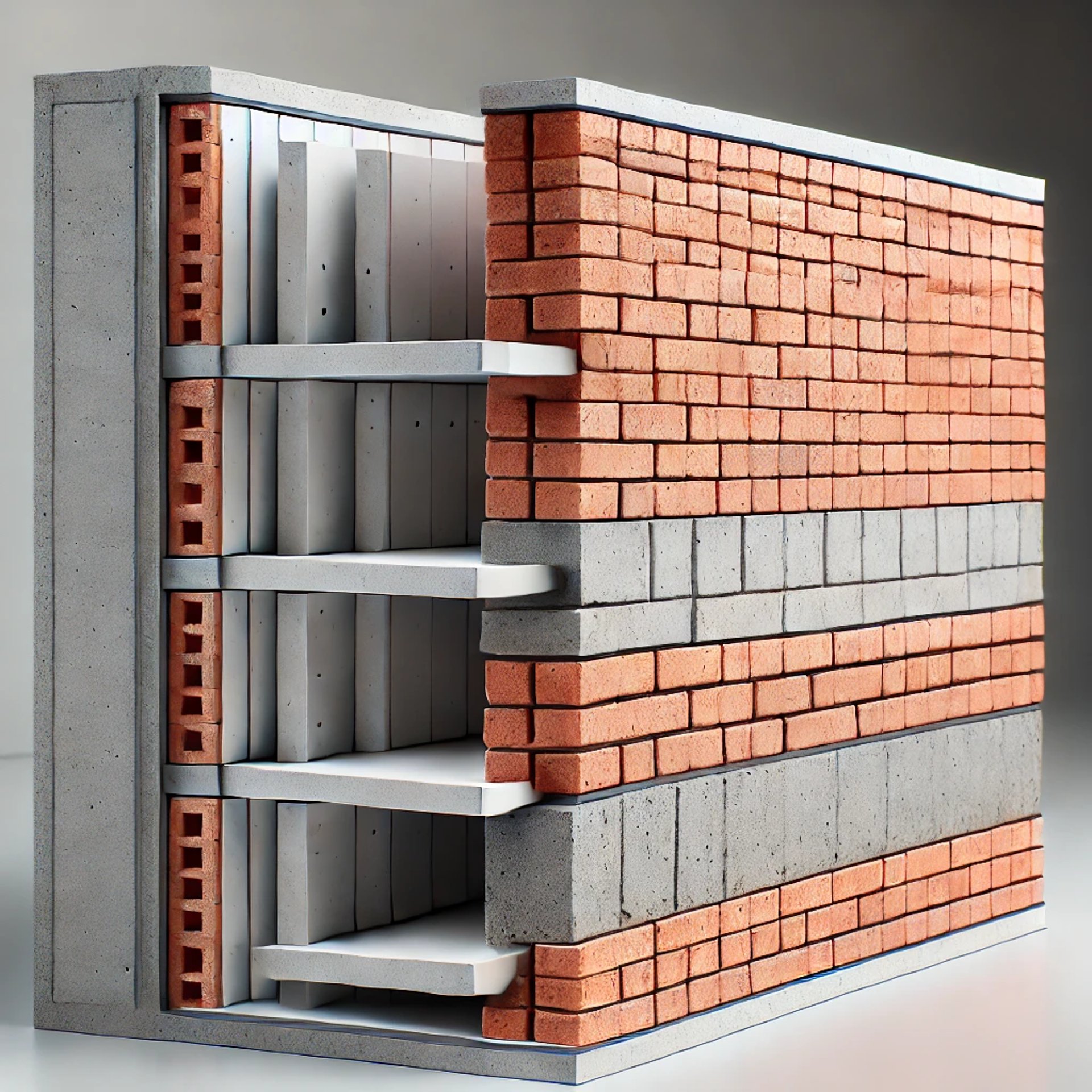
Solid Walls and how to identify solid walls
Some solid walls are load-bearing, while others serve only as partitions. Structural walls, such as load-bearing and shear walls, support the building’s weight and provide stability, whereas partition walls divide spaces without carrying loads. Identifying a structural wall involves checking its thickness, position, and material, as well as referring to architectural plans. Before removing any wall in a renovation, it's crucial to assess its role to avoid compromising the building's integrity.
3/2/20251 min read


Structural Solid Walls
Load-Bearing Walls: These support the weight of the floors, roof, or other parts of the structure. Removing them requires reinforcement (e.g., steel beams or lintels).
Shear Walls: These provide lateral stability, especially in buildings subject to wind or seismic forces.
Non-Structural (Partition) Solid Walls
Brick or Block Partition Walls: These may be built for dividing spaces but don’t carry significant loads.
Plastered Masonry Walls: Some solid-looking walls are only single-skin masonry or lightweight concrete blocks used for separation rather than support.
How to Identify Structural Walls?
Thickness: Structural walls are usually thicker than partitions (e.g., 200mm+ for brick/block walls).
Position: Walls aligned with beams, columns, or external walls are more likely to be structural.
Floor Plan or Survey: Checking architectural/structural drawings can confirm if a wall is load-bearing.
Sound & Material: A solid "thud" when tapped may indicate masonry, but the material alone doesn’t confirm structural importance.
Presence of Beams/Lintels: If a wall carries loads from above, removing it without reinforcement can compromise stability.

